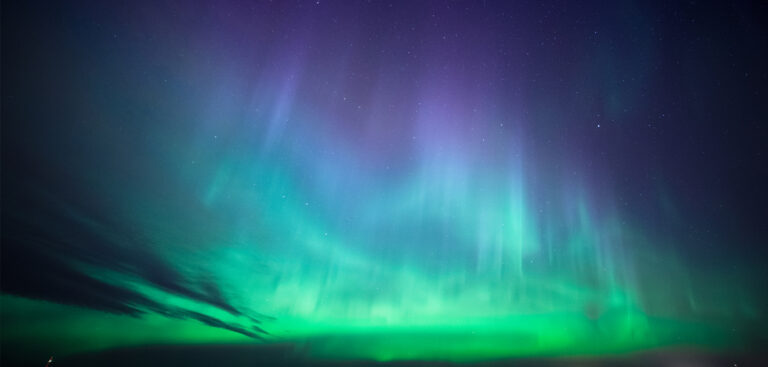UK-based digital camera system specialist XCAM has announced a collaboration with the US University Corporation for Atmospheric Research (UCAR) to produce a high-quality scientific space system, to observe and record global thermospheric winds that affect radio and GPS.
The WindCube space mission will be the first time a wind measuring interferometer will be carried on a small CubeSat and will help scientists to improve models of the upper atmosphere and, ultimately, better predict impacts to communication systems and satellites.
The WindCube mission, due to launch in 2024, is part of one of the NASA-funded H-FORT (Heliophysics Flight Opportunities for Research and Technology) missions and will see XCAM provide an advanced imaging camera system. This camera will be integrated with UCAR’s Fabry-Perot interferometry technology, to fit into a shoebox-size ‘CubeSat’ satellite. At the heart of the camera system is XCAM’s new ‘Nuscis’ SmallSat and CubeSat-compatible space imager enhanced, for WindCube, with additional modular components enabling the imager to use a sensitive electron multiplying CCD sensor and control the temperature the sensor operates at.
WindCube will operate for around 12 months in low earth orbit (LEO) providing data to study the influence of thermospheric winds heated intensely by the sun on the Earth’s ionosphere. Previously measurements were taken from the ground with limitations or from large and expensive orbiting platforms. These new space-based measurements from a low-cost small satellite platform will significantly enhance understanding of this important interaction in the upper atmosphere.
Karen Holland, CEO of XCAM, said, “We are delighted to be working with UCAR on this unique and valuable mission. Our specialist digital cameras have a worldwide reputation for excellence and to see them being used in this way makes us very proud. Our experience in developing low-power, low-price point, small-form-factor CubeSat cameras with proven spaceflight heritage is paying dividends and good news for the future, as we develop the Nuscis system to sell worldwide into different space applications for earth observation, remote sensing, space situational awareness, rendezvous and docking and in-orbit servicing.”
Scott Sewell, engineering group manager at UCAR’s High Altitude Observatory (HAO) and principle investigator (PI) of the WindCube mission, added, “The WindCube mission will generate global maps of thermospheric winds by measuring the Doppler shifts of visible light emitted by atomic oxygen within a CubeSat form factor. In order to measure the very weak signals produced by the payload’s Fabry-Perot imager, the camera system is a critical element.”



